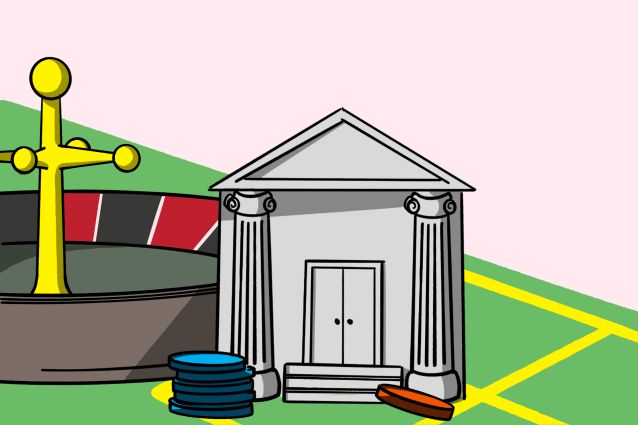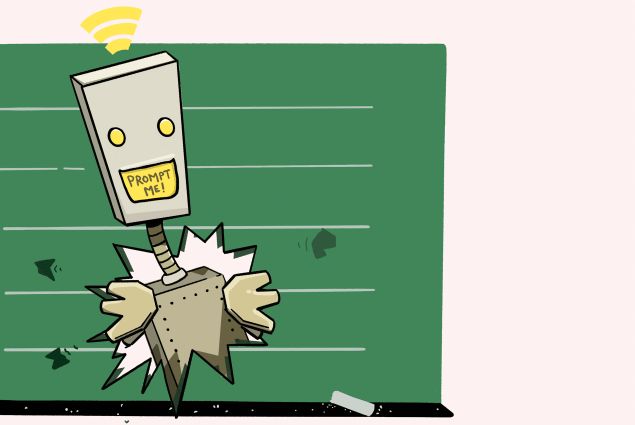Privatization in publicly funded public education is not a new phenomenon – Our Schools/Our Selves has published on this topic for decades. But the struggle to successfully confront privatization continues partly due to the immensity and complexity of the issues, be they the lack of funding for public education, the sense of disconnectedness created by provincial and territorial education systems in Canada, and/or the multiple layers of public education that are affected by local, national, and global factors. Some of these factors include shifting education governance structures, intensifying cultural debates and divides, the influence of neoliberal and conservative populist politics, and the changing nature and delivery of public education in a digital age. Trying to pinpoint one cause or effect in this complexity is difficult to grapple with in one province, let alone the country.
Due to privatization’s multiple forms that can manifest differently from one place and time to the next, scholars and advocates have used visual metaphors to capture these large concepts, such as the often-cited hydra, a nine-headed Greek mythological monster, and the classic arcade game, whack-a-mole. The visuals evoked by these metaphors are ones of conflict: endlessly needing to cut off quickly regenerating hydra heads to defeat the monster or smashing whack-a-mole heads with a mallet to win the game.
Margaret Kovach (2021) has explained that metaphors allow us to “paint pictures with words to express ideas to a wide range of people” (p. 229), and that such illustrations “provide tangible form” (p. 47) that can shape how we imagine future possibilities for action. However, metaphors that we regularly use to describe and know the world are not static entities and need to evolve alongside our changing understandings. The hydra and whack-a-mole show how metaphors have the potential to concretize large concepts into forms that are understandable and actionable.
But, on the other hand, metaphors can also limit potential actions in response to neoliberal privatization.
A metaphorical battle of privatization
As metaphors, the hydra and whack-a-mole suggest an adversarial relationship between two sides: one side generates or instigates an unexpected action, while the other side needs to defend itself in reaction. In both cases, the metaphors require first, an antagonist, and then a responsive protagonist to defeat the chaotic onslaught of hydra heads or pesky moles. When describing privatization, the metaphors encapsulate the fight between private entities (the hydra and moles) as infiltrating the public good in multiple ways, emanating from one machine or body.
The battle requires an actor wielding a sword (or mallet) to bring down a singular entity with several moving parts, representing how the many forms of privatization work their way into public education. As a metaphor, the hydra and whack-a-mole suggest the need to reactively fight against an external source of frustration by either defeating the body of the hydra as its heads continue to multiply, or by being able to anticipate and quickly take down the whack-a-mole machine’s next move.
These actions, however, are limited in scope, and position privatization – albeit with many heads or moles – as one entity or machine to be defeated in a reactionary way; as if privatization emanates from one distinct source, which we can defeat by being faster than that source or by being able to plunge a sword into the sources’ heart. The metaphors also paint the picture of a singular protagonist – usually only one person battles the hydra or plays whack-a-mole – so the hero in the fight for the public good versus privatization is imagined as working alone.
Clearly our metaphors need updating and fine tuning. We know that privatization is not a singular external threat, but that it occurs in multiple ways, through many sources, and that one person or organization cannot dismantle systems of privatization in public education alone. We also know that there are multiple sources of privatization in education; some are indirectly connected to each other, like a hydra’s heads, but that does not tell us the whole story, nor does it allow for a better navigation of privatizing influences that exist internally, working within the education system. Such actors, be they politicians, consultants, or even trustees, are not separate from the education system, and in such circumstances the issue is not simply an external foe to be defeated – the system itself needs to be examined.
Moving away from metaphors of “good” and “bad”
In the natural world, a rhizome is a type of root often found in grasses. It grows laterally underground, sending up shoots in opportunistic places, and creating new base plants if shoots are cut off from one another. The rhizome as a metaphor was originally developed by theorists Gilles Deleuze and Felix Guattari (1987) to conceptualize complex non-hierarchical systems and processes, particularly helpful in fields of learning and knowledge production.
Rhizomes organically grow and adapt to their surrounding environments, resourcefully using the space around them to sprout above and below the ground. Similarly, education privatization has taken root using multiple pathways in relationship with each provincial/territorial, political, economic, and social context, in each case using opportunities in the system to proliferate. Some of these aspects are visible (above ground), like public-private partnerships. Some are less obvious, like subtle discursive changes around public education that shift towards corporate language.
Rhizomes are also dispersed and do not have a central machinery or body like the whack-a-mole and hydra. Like privatization in education, there is no central person or singular entity (corporation or government) that can be pointed to as being the sole cause or originator of privatization. While it is true that some governments or leaders have allowed for more corporate influence than others, its slow and uneven implementation across Canada over the last 30 years has multiple points of entry.
Lastly, due to the rhizome’s organically opportunistic growth patterns and decentralized “body,” the whole root system needs to be inspected, and not just pruned at points we can see above the ground. Unlike the hydra and whack-a-mole, who are adversaries contained in one body or one machine, both good and bad exist within the rhizome, so simply destroying the whole system will not work; nuanced responses and contextualized knowledge are needed to weed out privatization’s entanglement in public education.
A new metaphor requires collective actions
The rhizome offers a different way of seeing the problem of privatization, including its histories of production, continuity in public systems, and insight into which contexts have supported and influenced its growth. This shift positions privatization as not only something we can advocate against, but it is also something we can follow, pulling up the roots and tracing them to other systems across provincial, territorial, and global borders. To accomplish this, it will not work to have a single hero against a singular foe as it requires a strategically networked, collective response: tracing relationships and finding privatization’s deep connections, bit by bit cultivating a better environment so that privatization cannot take root.
We offer this commentary to further collective thinking, but we know it too has its limits. Collectively, we are in a place where we need a new metaphor – for explaining the multiple ways in which privatization is embedded in education systems, but also to build networks with the collective capacity to advocate for public education as a public good across Canada.









